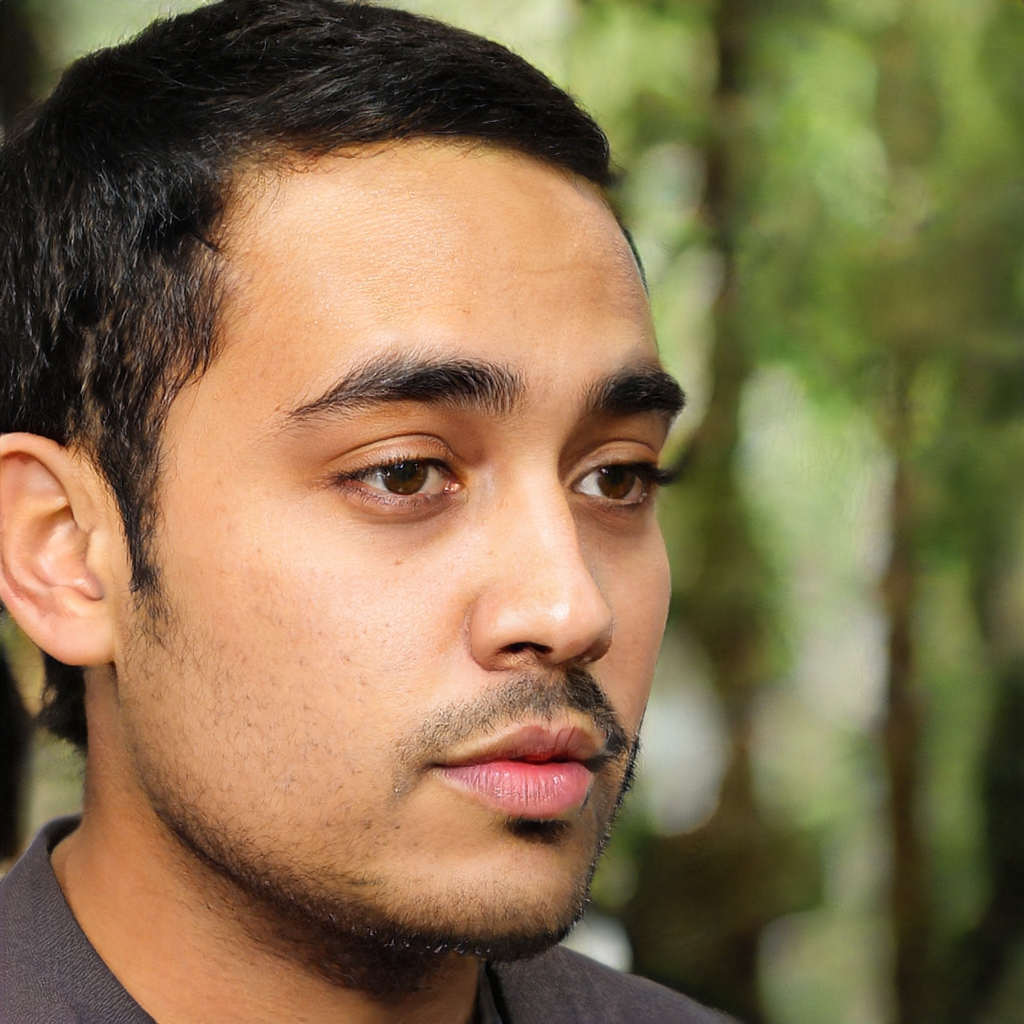Here's a comprehensive guide to figuring out which photo sensor is right for you, be careful because they are the most expensive part of a camera
Size matters. Having a larger photo sensor in your camera will allow you to take images of a higher quality than those made with smaller sensors. When evaluating the purchase of a camera, you will need to pay close attention to the type of sensor present.
Sensors are generally the most expensive part of a camera. For this reason, we will not find compact cameras on the market that mount a full-frame photo sensor. It must be said, however, that in recent times, to meet the needs of users, many manufacturers are trying to make cameras with large sensors even in the cheapest ranges. That's why the choice of which device to buy is no longer as obvious as it used to be.
Sensor size and focal length
Nowadays you can find small sensors that under the right conditions can work really well. In general, larger sensors are better than smaller ones, but under certain conditions they make very good images. Everything will depend on what we are looking for in the shot. Also because photo sensors have improved a lot in recent times, allowing the user to have even more choices based on their needs. Before listing the various types of sensors, it is essential to talk about the relationship between them and the focal length. The size of the sensor in a camera has a direct effect on the type of lens that can be used. With a compact camera the lens is integrated in the camera body and therefore the problem does not exist. Problems arise with cameras with interchangeable lenses. In this case, in fact, any lens used must be able to have an image circle (the diameter of the light coming out of the lens) that can sufficiently cover the size of the sensor. For this reason, manufacturers often provide a so-called "equivalent" focal length, which uses the full-frame sensor as a reference point, to make things easier to understand.
1/2.3 inches
This is the smallest sensor that is commonly used in today's cameras. In very good light conditions they also provide images with acceptable quality, but in other contexts the photos start to lose quality and have noise.
1/1.7 inch
This sensor is slightly larger than the one seen above and allows you to separate an object from the background. They offer good quality for details, even in shadows, and handle reflections excellently as well. Obviously a lot will depend on lighting conditions. Once upon a time this sensor was used by default on compact cameras. Although it must be said that lately many manufacturers are preferring the 1-inch sensor.
1-inch
This sensor is very much in vogue in newer cameras also because it is quite versatile. It's commonly used in compact handhelds, but it's also used in some compacts with superzooms like the Panasonic FZ2000 and Sony RX10 III. The sensor offers good quality shots because it can let in a lot of light and provides cleaner images.
Micro four-thirds
This is the sensor commonly used by Olympus and Panasonic and offers a middle ground between the 1-inch and APS-C. This type of sensor has an area that is about a quarter of the size of full-frame sensors, calculating the effective focal length of compatible lenses is simple: just double it.
APS-C
APS-C is the most used sensor in entry-level and mid-range SLRs, and is now catching on in many compact cameras. This type of sensor also provides a good balance between portability, image quality, and lens flexibility. Not all APS-C sensors are the same in terms of size. For example, on Canon they are slightly smaller than on Sony and Nikon.
APS-H
This sensor has in the past been associated with some Canon models although the company seems to have moved away from it in the last period to prefer full-frames. More recently, a 51MP version of this type of sensor has been employed by Sigma in the Quattro H model.
Full-Frame
Full-frame sensors are used in most amateur cameras and many professional ones as well. Their structure allows them to collect a lot of light. Depending on the system and the manufacturer, some lenses designed for APS-C cameras can be used on full-frame bodies, albeit at a reduced resolution. We always recommend checking compatibility, however, because using non-compatible lenses can damage the device.
Medium Format
These sensors are larger than full-frame and in the last period, thanks to some models, have increased the interest of enthusiasts. Among them are Fujifilm GFX 50S, Hasselblad and Pentax 645Z. They guarantee excellent image quality but their costs are prohibitive for most people.
